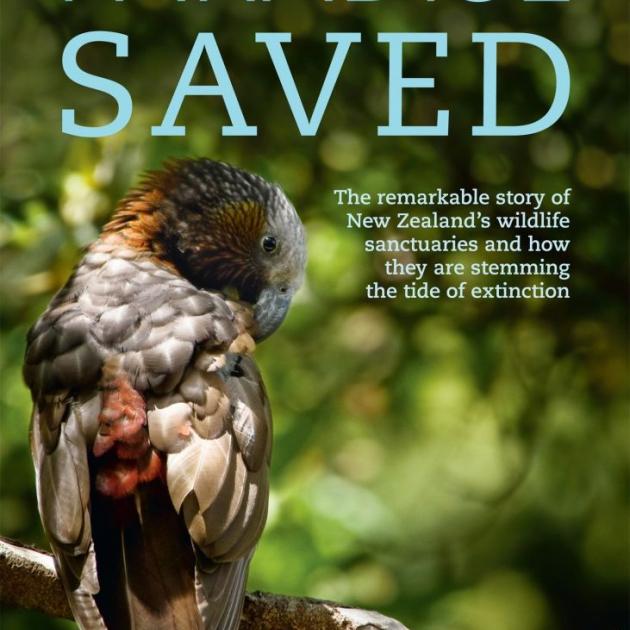
When you add island sanctuaries and areas that are under intensive pest management, there are said to be more than 1000 wildlife sanctuaries in New Zealand.
The book begins with a brief history of how our unique biota developed, followed by the decline brought about by the influence of mankind and our fellow travellers. The bulk of the book is devoted to examining a selection of the 1000 sites (a mere 135 of them).
That number means that trying to read the book in a couple of long sittings, as I did, can be a bit repetitive, so I'd recommend this part of the book for dipping into rather than binge-reading.
However, it's definitely worth persevering. Initial species recovery work using pest management was focused on islands before the concept was transferred to ''mainland islands'', large forest blocks where huge efforts have gone into creating safe environments for birds and other native fauna. Chapters are devoted to both strategies, as well as fenced and open sanctuaries.
The work of groups such as the Otago Peninsula Biodiversity Group, which is well on the way to controlling possums on the peninsula, is discussed. Other chapters deal with species-specific sites, including areas managed by the Yellow-Eyed Penguin Trust.
Only sanctuaries that have had community input or that the public can readily visit are featured, and there's contact information for both volunteers and visitors.
It's interesting to reflect on this against the background of the Department of Conservation's push towards partnerships with the community. In many cases, the sanctuaries in this book highlight what might be achieved with this approach.
David Barnes is a member of the New Zealand Conservation Authority.











